Japanese sweets with tea ceremony of June
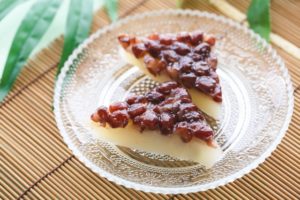
June is the rainy season in Japan, so Wagashi associated with water are on display in the store.
Have you ever heard of a Japanese desert called “Minazuki” which is eaten on June 30?
Azuki beans, which are meant to ward off evil, are placed on top of a triangle-shaped white Uiro, which looks like ice.
In the Muromachi period, there was an annual event to pray for the prevention of summer fatigue by eating ice on the first day of June in the lunar calendar at the imperial court.
In those days, ice was very precious to the common people, so they prayed that they would be able to survive the hot summer by eating ice like sweets.
Why eat it on June 30?
On June 30, exactly halfway through a year, a ritual called “Nagoshi-no-harae” is held at temples and shrines.
This is the ritual of exorcism to get rid of sins and impurities for six months and pray for good health for the remaining six months.
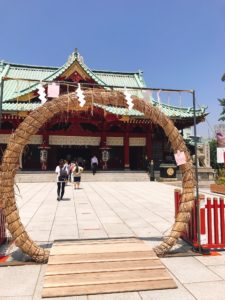
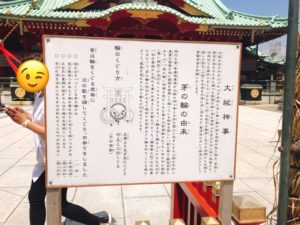
Have you ever seen them in June, as the pictures above at shrines and temples?
It is believed that if you pass through a large thatched ring made of Chigaya(family of grasses) in a figure of eight, you will be purified of impurities and be spared from sickness and misfortune.
The stains on the body are also might be transferred to a doll (called Katashiro) and poured into the water.
The sweets that can be eaten in conjunction with this “Summer Purification Rites (held at the end of summer)” are called “Minazuki”.
I heard it’s easy to make those “Minazuki” at home, so I made it!
How to cook Minazuki
Ingredients: Serves for 3
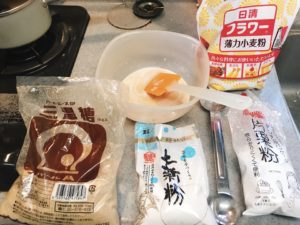
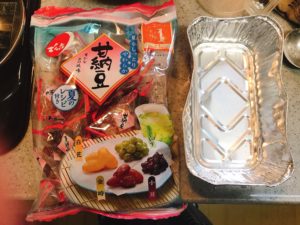
- 2 tablespoons kudzu starch (or potato starch if you don’t have it)
- 2 tablespoons white egg powder
- 8 tablespoons of flour
- 230ml of water
- 120 g (13 tablespoons) of sugar *1 tablespoon of sugar equals 9 g
- Sugared beans 120~140g

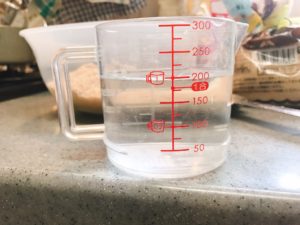
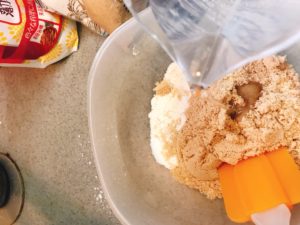
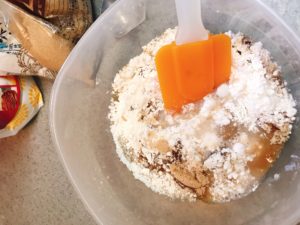

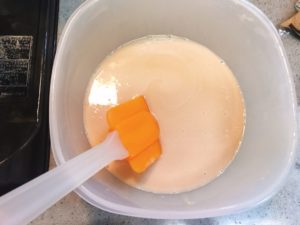
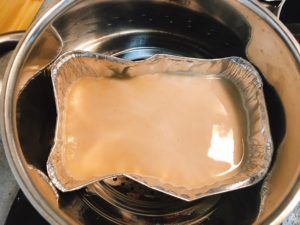



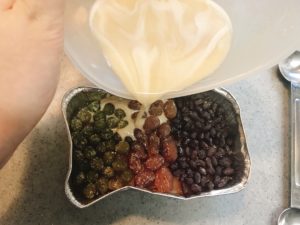
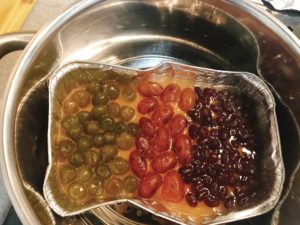
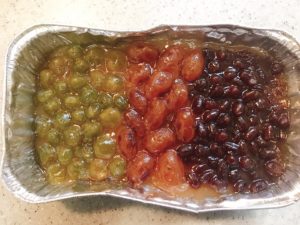
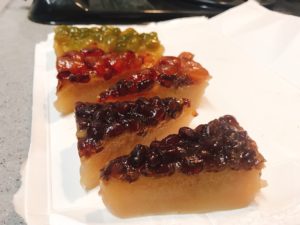

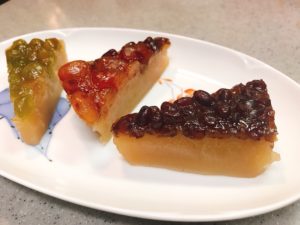
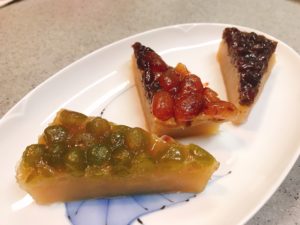
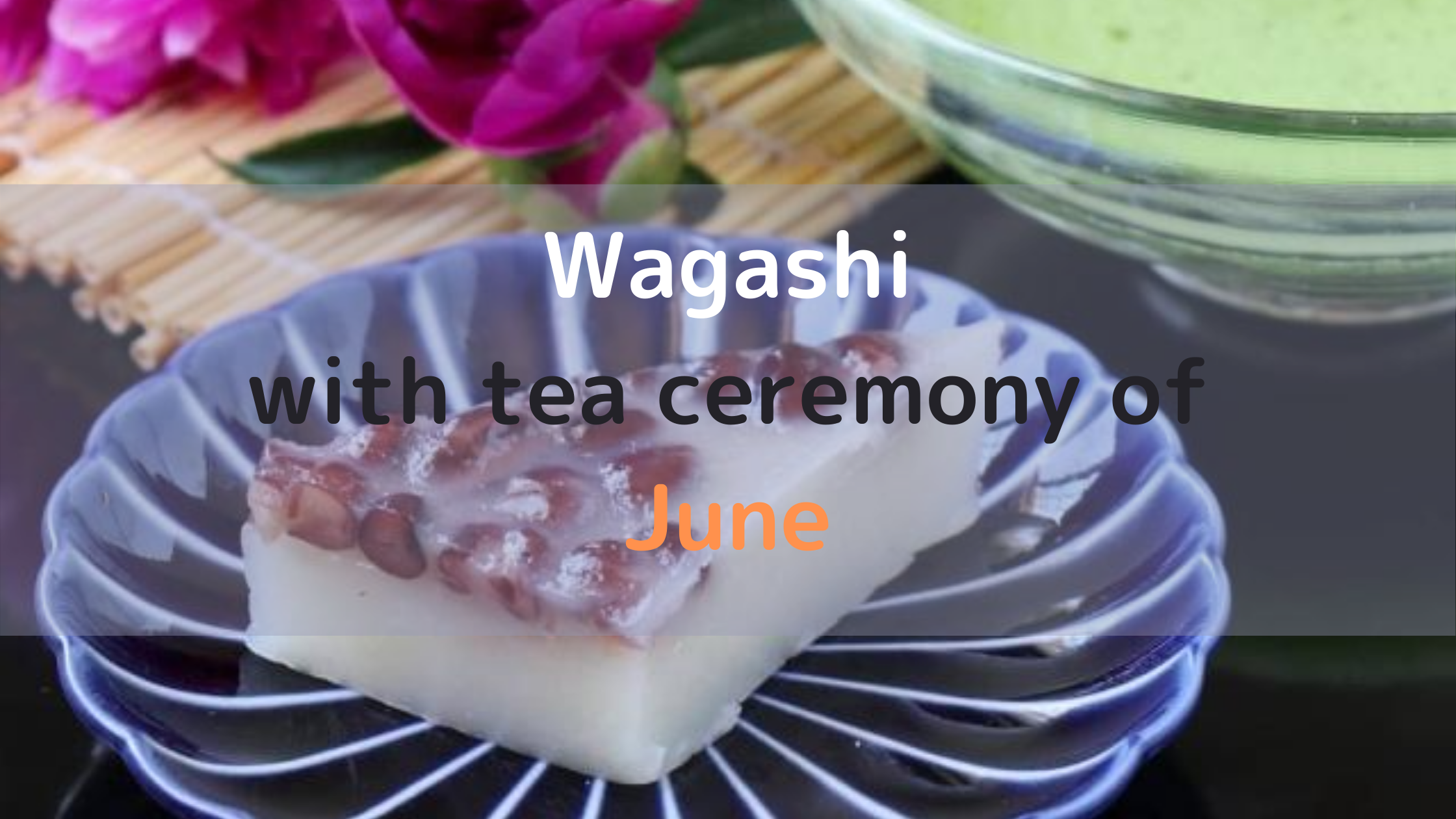


Comment